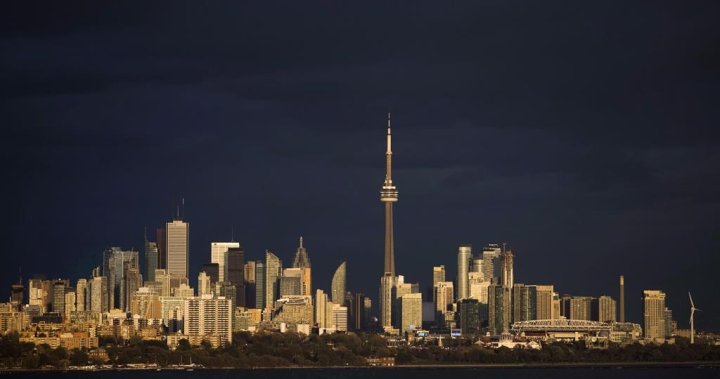Voters in the Greater Toronto Area cast their ballots to help select Canada’s next prime minister in what is anticipated to be one of the most scrutinized federal elections in recent history.
As results started coming in, early reports indicated that the Liberal Party is keeping a lead in the GTA, a trend that has persisted since 2015.
Even though the Conservatives have seen a significant increase in national support, particularly from recent byelections, the GTA seems to be holding onto its traditional Liberal stronghold, with Global News forecasting a Liberal victory.
With 122 of Canada’s 343 electoral districts situated in Ontario—52 of them in the GTA—this region is deemed crucial for electoral success and one of the most competitive areas in the province.
In the lead-up to the election, both Liberal Leader Mark Carney and Conservative Leader Pierre Poilievre positioned Ontario at the heart of their campaigns.
Carney concentrated on urban districts like Scarborough, Windsor, and Cambridge, while Poilievre held rallies in Vaughan, Brampton, Kingston, and Oakville.

Historically, downtown Toronto has been a Liberal bastion, consistently showing red across the urban landscape, whereas Conservatives generally perform better in rural Ontario, with more blue appearing as one moves north from the GTA.

Get breaking National news
Stay informed with alerts on news affecting Canada and beyond, delivered directly to you as it happens.
The Liberal Party also seems to be regaining ground it lost in prior byelections, as demonstrated in the Toronto–St. Paul’s district, where Leslie Church has reclaimed the seat from the Conservatives, which had won it last year.
However, the Conservatives have made inroads on the periphery of the GTA, particularly in York Region, where they have gained four ridings compared to the 2021 elections.
The party has also secured victories in Peel and Halton Regions, cutting into areas that were previously regarded as Liberal strongholds with several competitive races.

In Oakville, a newly adjusted boundary that separates the area into eastern and western parts has resulted in a fierce competition in the east between Liberal incumbent Anita Anand and Conservative candidate Ron Chhinzer, a former police officer.
Meanwhile, York Centre has been kept by Conservative MP Roman Baber, a significant achievement for the party in a traditionally Liberal area.
In Brampton, several districts are emerging as nail-biters, with Brampton West leaning towards the Conservatives, while Brampton–Chinguacousy Park and Brampton North–Caledon are trending Liberal as of midnight Eastern time.
In Markham–Unionville, the Conservatives are currently leading by a narrow margin after a controversy forced the Liberal Party to replace candidate Paul Chiang with Peter Yuen just weeks before the election.
Although Progressive Conservatives have recently succeeded in urban and suburban regions like Etobicoke and Mississauga at the provincial level, these areas are now displaying increased support for the Liberals on a federal level.
As the counting of votes continues, initial trends indicate that the Liberals are poised to secure a minority government, with their strongholds in the GTA balancing out Conservative advances in other areas.
While the final seat tally is still uncertain, particularly in the closely contested suburban districts, the electoral influence of the GTA seems to have played a significant role in determining the outcome of Canada’s federal election.
© 2025 Global News, a division of Corus Entertainment Inc.



